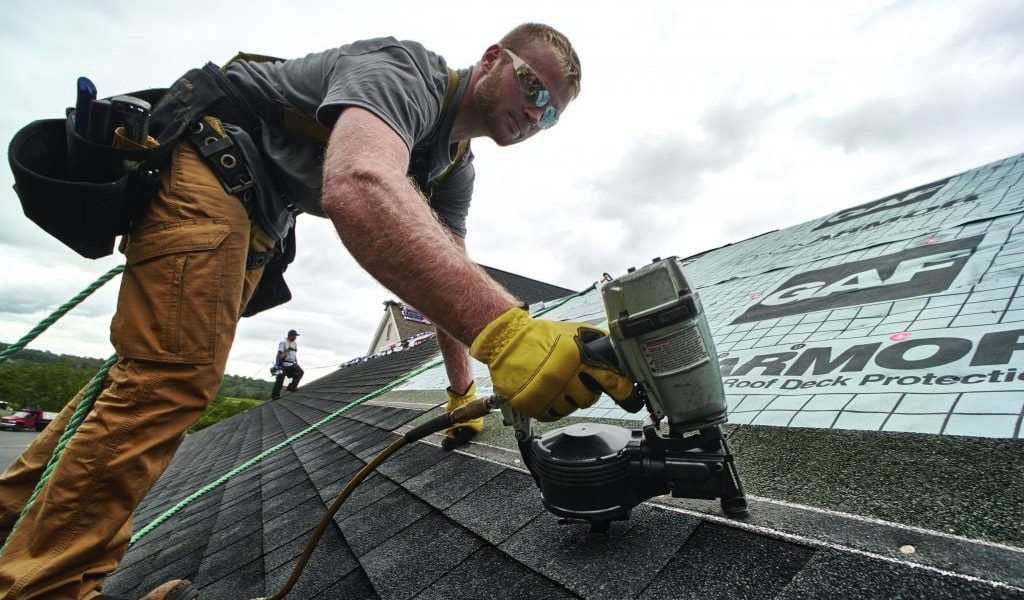Emergency roof repair is a prompt and temporary solution to address immediate issues with a damaged roof. Such repairs are crucial to prevent further water infiltration and protect the interior of the property during adverse weather conditions. Here are the steps involved in emergency roof repair:
- Safety Precautions:
- Prioritize safety. If the damage is severe or poses an immediate threat, evacuate the affected area and ensure the safety of occupants. Do not attempt repairs if it’s unsafe to do so.
- Assessment of Damage:
- Assess the extent of the roof damage. Identify the cause, such as missing shingles, roof leaks, damaged flashing, or structural issues. Understanding the source of the problem is essential for effective repairs.
- Temporary Patching:
- Apply temporary patches to seal the immediate source of the leak. This may involve using roofing cement, tarps, or roofing patches to cover holes, gaps, or damaged areas. The goal is to create a temporary barrier against water infiltration.
- Tarp Installation:
- Use tarps or heavy-duty plastic sheets to cover larger damaged areas or sections of the roof. Secure the tarps tightly to prevent wind or rain from lifting them. This provides temporary protection until more permanent repairs can be made.
- Securing Loose Shingles or Materials:
- If the damage involves loose or lifted shingles, secure them back in place using roofing nails or adhesive. This helps prevent further damage and protects against water penetration.
- Addressing Flashing Issues:
- Check and address any issues with flashing around chimneys, vents, and other roof penetrations. Damaged or missing flashing can contribute to leaks and should be temporarily sealed.
- Clearing Debris:
- Remove any debris or objects that may be causing or exacerbating the roof damage. Clearing debris helps assess the extent of the damage and prevents additional stress on the roof structure.
- Temporary Gutter Repairs:
- Ensure that gutters and downspouts are clear of debris to facilitate proper drainage. Temporary repairs may be needed to address any damage to gutters or redirect water away from the property.
- Documenting the Damage:
- Document the damage with photographs or video footage. This documentation can be valuable for insurance claims and working with professional roofing contractors for permanent repairs.
- Contacting Professional Roofers:
- While emergency repairs provide immediate relief, it’s essential to contact professional roofing contractors as soon as possible for a thorough inspection and permanent repairs. Emergency repairs are not substitutes for comprehensive, long-term solutions.
Emergency roof repairs are designed to provide temporary relief and prevent further damage. However, they do not replace the need for professional assessment and permanent repairs by experienced roofing professionals. Once the immediate threat is addressed, schedule a comprehensive inspection and repair with a licensed roofing contractor to ensure the long-term integrity of the roof.
